|
Egypt 360 --- مصر ٣٦٠ ®
|
|
|
|
|
Cairo Traffic and New Metro System:
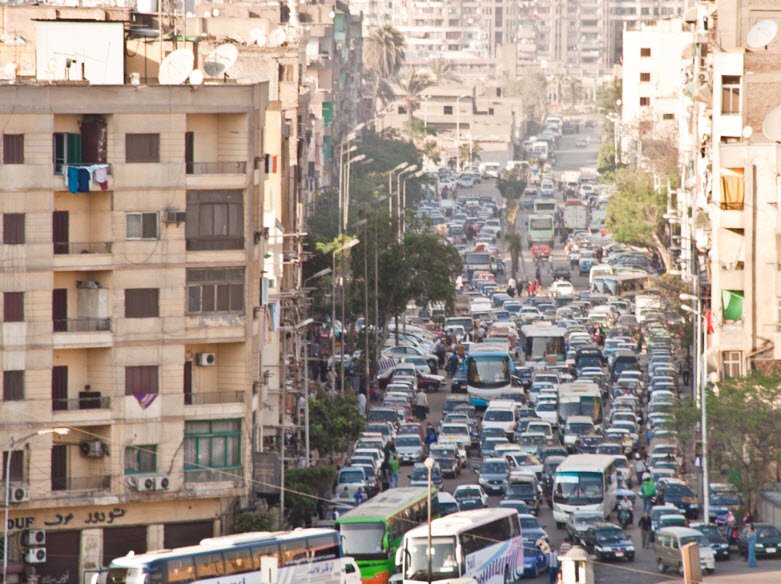
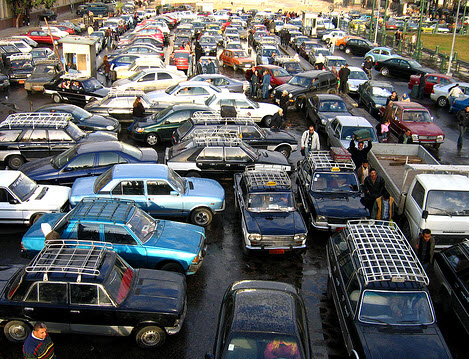
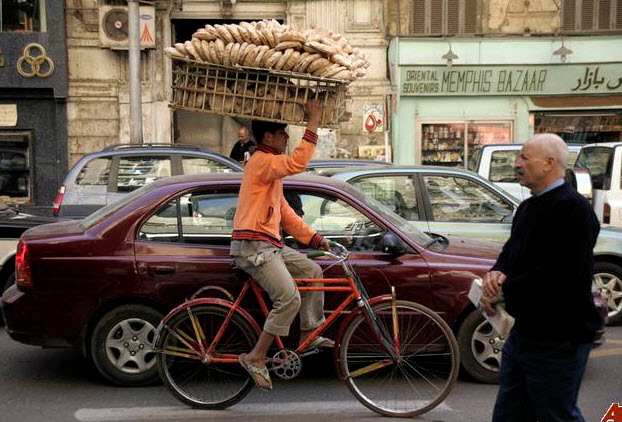
The Issues:
Modern Cairo was built to house four million people. It has now swelled to some 17
million. A recent World Bank report, the Cairo Traffic Congestion Study estimated
the annual costs of the congestion in Cairo to be up to US $8.0 billion. That
represents up to four percent of Egypts Gross Domestic Product (GDP), which is
four times the usual estimate of one percent of GDP as the cost of congestion in
comparable large cities.
Direct costs include the loss of productivity due to sitting in traffic rather
than working, the additional fuel consumed by extended travel times and the environmental
impact of increased vehicle emissions. There are also indirect costs, such as the effect
of the environmental degradation on public health.
The traffic is also deadly. At least 1,000 people die each year in traffic related
accidents, of which more than half are pedestrians, and over 4,000 are injured. These
rates are far higher than those recorded in most other major cities of the world
(footnote).
Our Research, Analysis and Proposed Metro System:
Our research starts with the following questions:
How can we reduce the traffic by at least 60%?
Can we use the Japan and Europe train systems as a model to build on?
Proposed Metro System:
To solve Cairo's traffic permanently, we need to replace all public transportation
operating above ground, which include buses, electric metros, private microbuses (privately
own minivans) and any transit into an underground metro system. Passengers should reach or
find a metro station within a distance of a mile in any direction. The metro system should
accommodate handicap facilities with special access.
The following paragraphs are a rough draft to the proposed underground metro system.
The project consists of the following components:
|
|
Tunnels size would be able to accommodate two way train tracks with the total of 480 kilometers
|
|
|
480 stations - with average distance between station is no more than one kilometer
|
|
|
Each tunnel would be about 30 kilometer long.
|
|
|
Each tunnel should start or end three to five miles from the Cairo city border or populated neighborhood.
|
|
|
The sites for the start or end of each tunnel should located at a farming or desert area - to present any damage to existing builds or neighborhood.
|
|
|
Public parks should be built at the end of each tunnel, each park includes soccer fields,
botanic gardens, children garden or zoo. In short the park should be made for family picnics
and nightlights.
|
|
|
Parking for cars and buses should include in the Park building - no peddling should be allowed.
|
|
|
The stations are elevator based, which means that each station is built above ground and elevators
are used to get passengers to the trains to save room and not to build huge station structures above ground.
We do want to minimize the above ground constructions and space need to build stations.
|
|
|
Trains should run 24X7 with security and security personnel on site
|
|
|
Public bathrooms should be include in the station design
|
The following images are the illustrations of some of the details of our proposed Metro System.
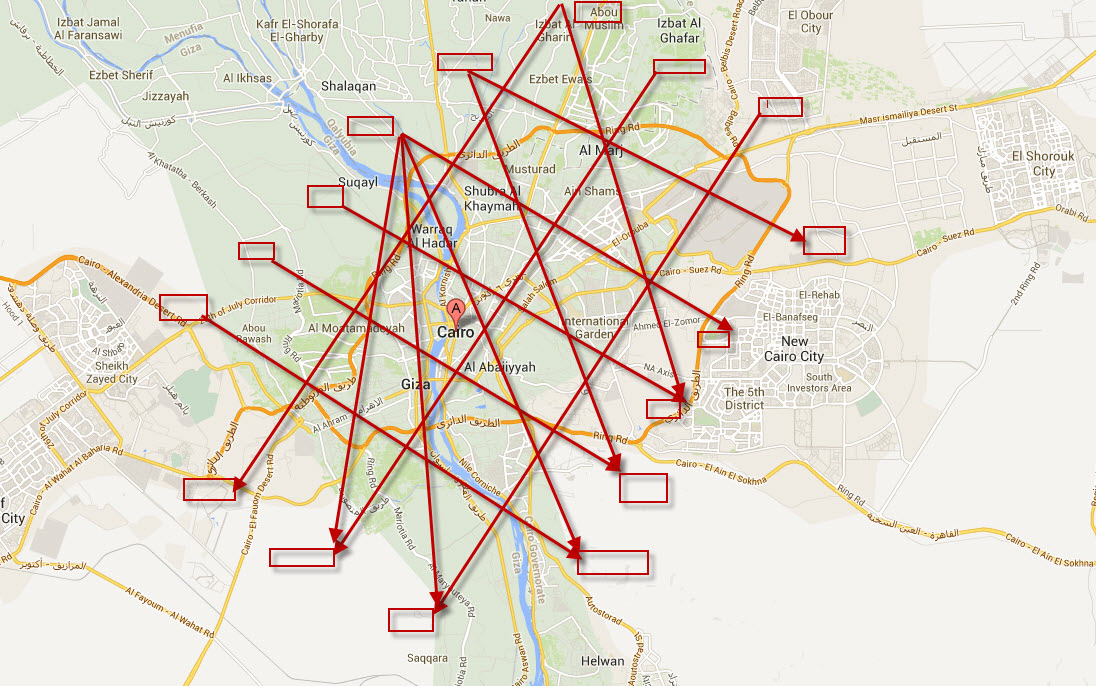
The 13 Tunnels and 16 Public Parks - The Tunnels are 5 miles apart.
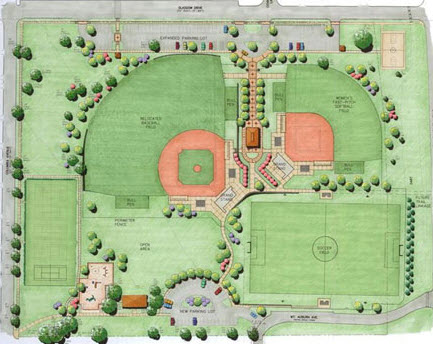
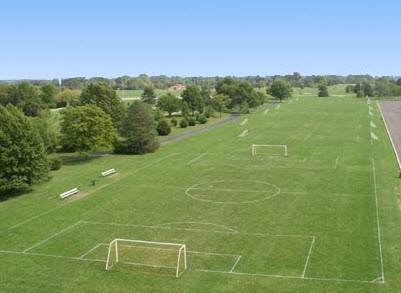
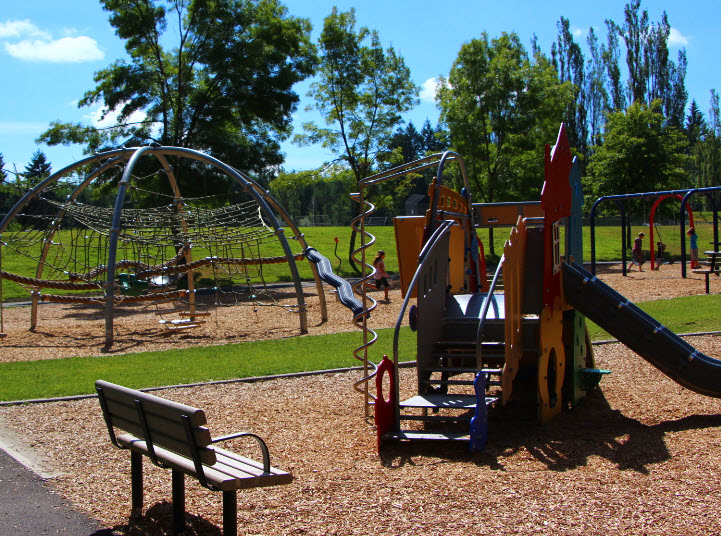
Possible Park Layout, Football (Soccer) Fields and Children Park
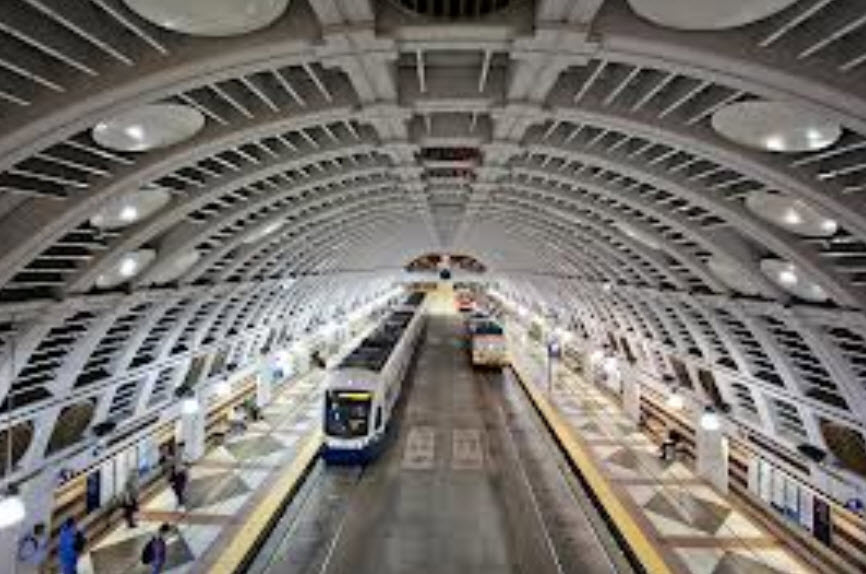
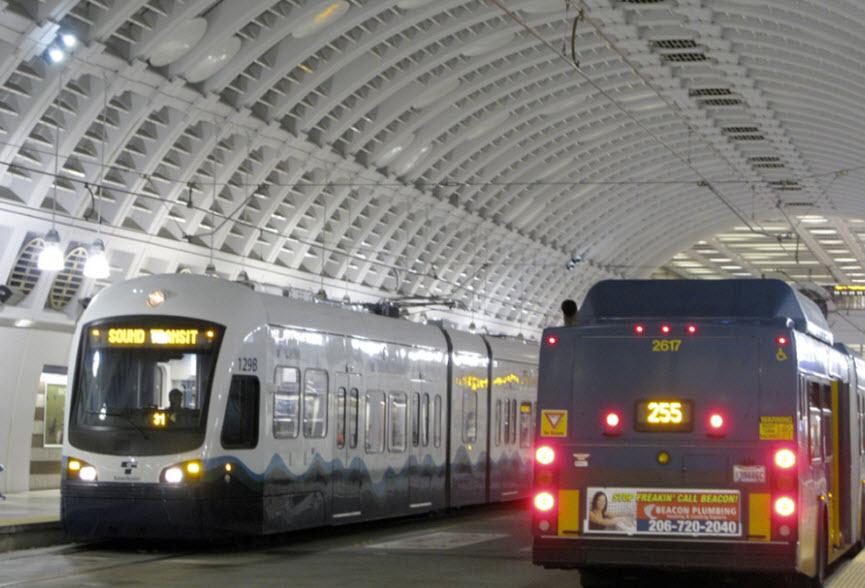
Metro Tunnels
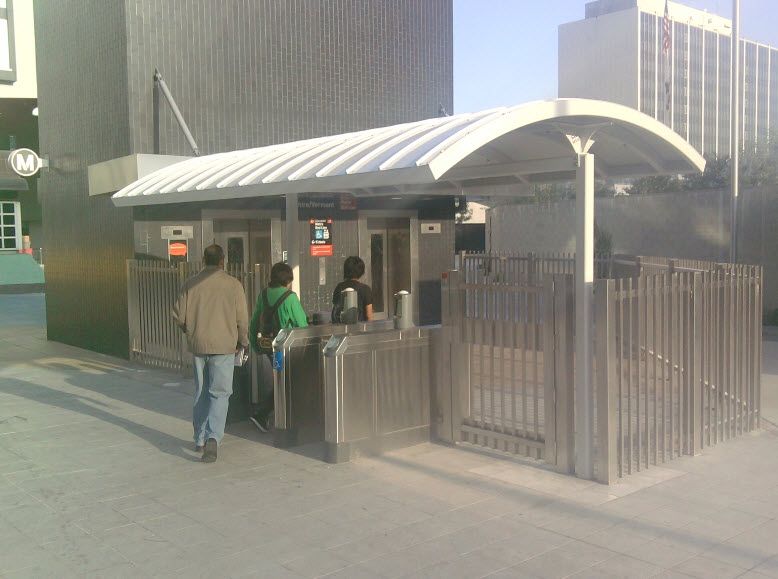
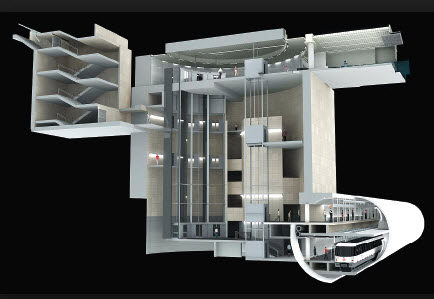
Suggested Design of the stations with limited space available
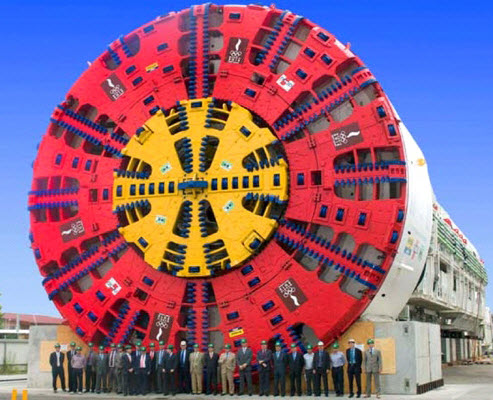
The World's Largest Tunnel Boring Machine: 400-Foot, 9.5-Million Pound Mechanical Earthworm
Notes to the Architects and Builders Teams
Powering the Tunnels system - Electricity and Ventilation Systems:
The 480 kilometers of tunnels, 480 stations, trains, elevators, stairs, ventilations, escalators
and the list is fairly long. The power which is mainly electricity must be included in the plans
and the cost of building the new Cairo metro system.
This is more of a reminder or a note to the team of architect:
Sadly Egypt power supply runs into shortage and stoppage, which these tunnels cannot
afford to have such thing. The stop of the electric power may result in the death of
thousands
(footnote).
A reminder is the 1,400 Reported Killed in Mecca Tunnel Crush in
July 03, 1990, where ventilation in the tunnel appeared to have stopped.
System Must Run forever:
The architects and design for metro system must be guaranteed to run for over 100 years.
Polite Project:
The definition of a pilot project: - activity planned as a test or trial.
First, we recommend that a polite project should be done and completed for one
tunnel. The polite tunnel chosen should be the toughest to build. The new tunnel
metro system should be run and tested for a specific period and well test before
the launching of the rest of the tunnels. Such polite project would eliminate errors
and costly redesign issues in the new metro system.
Our Recommendation for first tunnel is the area known as "Imbaba" and
"bolaa Aldakrowor". These two areas or neighborhoods are probably the most
crowded areas in Cairo.
Estimated Cost:
Let us look at the following facts:
|
|
According to the emirates247.com/business site, Riyadh Metro is 176 Kilometer and cost $8 billion.
|
|
|
Paris's is the second busiest metro system in Europe, It carries 4.5 million passengers a day, and an annual total of 1.479 billion (2009).
|
Using such cost as our estimate, then (176 Kilometer divided by cost $8 billion) 22 kilometers
would cost about One Billion US dollars. 30 kilometer tunnel would cost about $1.36 billion.
|
Estimated Total Cost of 16 Tunnels
|
(30 kilometer each) * $1.36 billion = $21. 818 billions - about $23 billions
|
|
Annual Running Cost
|
$1.5 billion.
|
|
The cost of building Electricity Generating Plants-oil
|
$650 million
|
|
The cost of building Electricity Generating Plants-Solar
|
Sunny Egypt: $2 - $3 billion - not included
|
|
Total
|
$25.15 billion
|
Funding:
Funding Cairo Metro System is big question with a number of possible answers.
|
|
Borrow the $25.15 billion
|
|
|
Mubarak, his family and Mubarak's System Team is worth $760 billion which is banked in US and Europe.
|
The question where would be: How did we came out with that figure?
Our answer as follows:
|
|
We believe that one of the TV news report in USA did mentioned that Mubarak and his team is
worth $760 billion, but we are NOT a 100% sure of that, nor we can prove it, but let us do the math
for the over $760 billion.
There is a number of internet sites that stated that Mubarak and Family have over $700 billion (articles.washingtonpost.com and www.forbes.com)
(footnote).
|
|
|
US annual aid to Egypt is over $10 billion and we believe Mubarak very much packet
the $10 billion. We also estimated that Mubarak's System members also steel over
another $10 billion. There for Mubarak and his team packet over $20 billion
annually. Mubarak ruled Egypt for over 30 years then the math is as follows:
over $20 billion (Mubarak and his team) * over 30 yrs = over $600 billion
A good estimate would be: $760 billion
|
Another set of questions would be (also see President Obama letters -
Who is the Boss?
):
Are US and European banks willing to return such lump sum - $760 billion?
Would it cost less than half of the $760 billion to start a war in the Middle East? Invading Iraq cost An $800 Billion.
How much would cost to put a news system in the middle east to replace Mubarak and his team?
Are US and European banks willing to return a portion of the $760 billion and how much?
Timeline:
Polite Project:
Labor Retraining:
reuse the existing buses and Vans
Chargers for using the new metro system
security system, personnel, camera system and guards
The return on the investment
Reduce pollutions
Energy and Power Supply required for metro System.
Under Construction
|
|
|